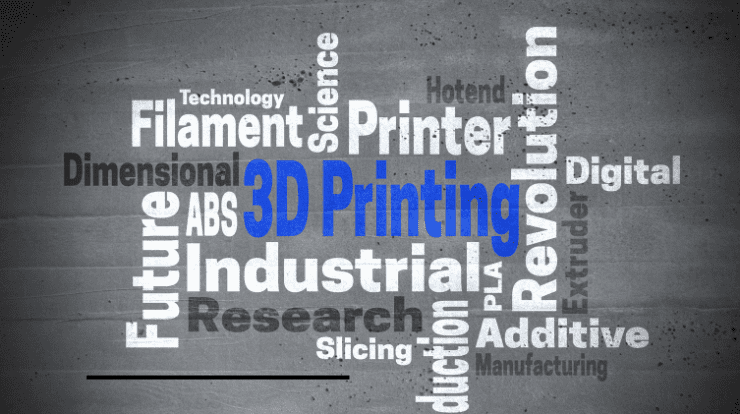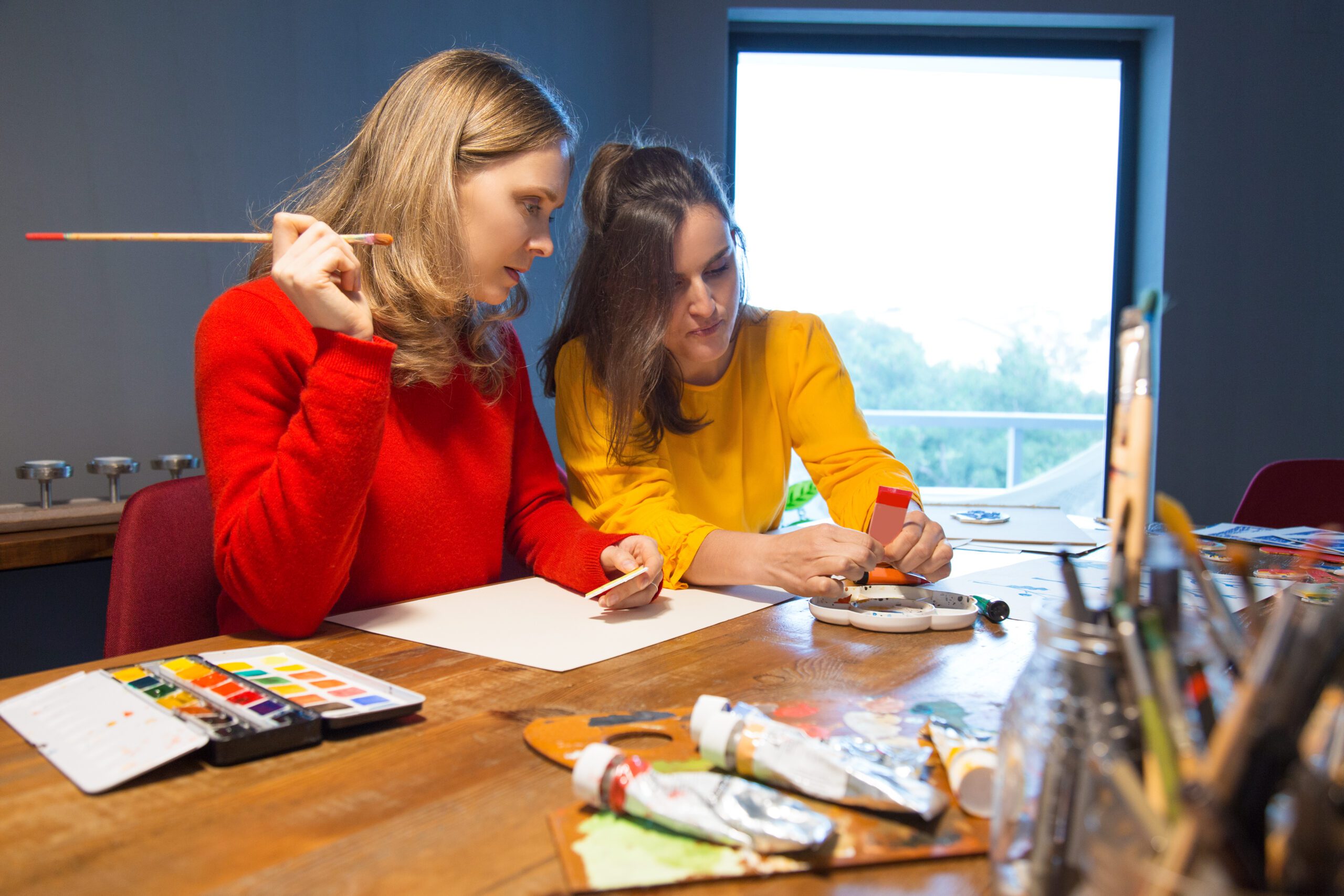Dubai, a city known for its technological innovation and forward-thinking approach, has seen a significant rise in the use of 3D printing technology, particularly in the fashion and footwear industry.
This technology has revolutionized how custom footwear is designed, produced, and delivered, drastically impacting production timelines. In this article, we will explore the various ways in which 3D printing for custom footwear affects production timelines in Dubai, emphasizing the benefits, challenges, and future prospects of this transformative technology.
Speeding Up the Design Process
Rapid Prototyping
One of the most notable advantages of 3D printing is rapid prototyping. Traditional footwear design involves multiple stages of sketching, modeling, and physical prototyping, which can take weeks or even months.
In contrast, 3D printing Dubai allows designers to create and refine prototypes within hours. This rapid iteration capability enables designers to quickly test and adjust their designs, significantly reducing the time required to bring a new product to market.
Digital Design Integration
3D printing seamlessly integrates with digital design tools, allowing designers to transition from concept to physical model swiftly. By using computer-aided design (CAD) software, designers can create highly detailed and precise digital models of custom footwear.
These digital files can then be directly fed into 3D printers, eliminating the need for time-consuming manual interventions and accelerating the overall design process.
Reducing Manufacturing Lead Times
On-Demand Production
Traditional footwear manufacturing often involves long lead times due to the need for mold creation, material procurement, and assembly line setup. 3D printing disrupts this process by enabling on-demand production.
Custom footwear can be printed as soon as an order is placed, bypassing the lengthy stages of traditional manufacturing. This shift not only reduces lead times but also aligns with the growing demand for personalized products.
Simplified Supply Chain
The supply chain for traditional footwear manufacturing is complex, involving multiple suppliers and intermediaries. 3D printing simplifies this supply chain by consolidating various stages of production into a single process.
Materials used for 3D printing, such as thermoplastic polyurethane (TPU) and other flexible polymers, can be sourced locally, further reducing lead times and dependency on external suppliers.
Enhancing Efficiency in Customization
Precision and Custom Fit
Customization is a key trend in the footwear industry, driven by consumer demand for unique and personalized products. Traditional customization methods are labor-intensive and time-consuming. In contrast, 3D printing allows for precise customization based on detailed measurements and specifications. Advanced scanning technology captures the exact dimensions of a customer’s feet, enabling the production of perfectly fitting custom footwear with minimal adjustments required.
Iterative Adjustments
In the traditional manufacturing process, making adjustments to a design after production has started can be costly and time-consuming.
3D printing, however, supports iterative adjustments throughout the production process. If a customer requests changes or if a design flaw is identified, modifications can be made quickly and efficiently without significant delays. This flexibility ensures that the final product meets the customer’s expectations in a shorter timeframe.
Addressing Challenges
Initial Setup Time
While 3D printing offers numerous advantages in terms of speed and efficiency, there is an initial setup time involved in creating digital models and configuring 3D printers. However, once this setup is complete, the actual printing process is relatively quick. Fashion brands in Dubai are investing in advanced training and software to streamline the setup phase and further reduce production timelines.
Technological Limitations
Although 3D printing technology is rapidly evolving, there are still limitations in terms of print speed and material variety. High-end 3D printers capable of producing footwear at a commercial scale are expensive, and not all materials used in traditional footwear can be 3D printed. To overcome these challenges, Dubai’s fashion industry is collaborating with technology providers to develop faster printers and a broader range of printable materials.
Future Prospects
Integration with Automation
The future of 3D printing in custom footwear production in Dubai looks promising with the integration of automation technologies.
Automated 3D printing farms, where multiple printers operate simultaneously under minimal human supervision, can drastically reduce production timelines. Additionally, integrating artificial intelligence (AI) and machine learning can optimize the printing process, predict material usage, and enhance overall efficiency.
Global Expansion
Dubai’s strategic location and business-friendly environment position it as a global hub for 3D printed custom footwear. Fashion brands in Dubai can leverage this advantage to expand their market reach, offering quick and efficient production timelines to international customers.
By showcasing their innovative 3D printed footwear at global fashion events and through digital platforms, Dubai-based brands can attract a broader audience and set new standards in the industry.
Conclusion
3D printing for custom footwear in Dubai is revolutionizing production timelines by speeding up the design process, reducing manufacturing lead times, and enhancing customization efficiency. Despite initial setup challenges and technological limitations, the continuous advancements in 3D printing technology and the supportive ecosystem in Dubai promise a bright future for this innovative approach.
As fashion brands in Dubai continue to embrace and optimize 3D printing, they are set to lead the way in producing high-quality, custom footwear faster and more efficiently than ever before.



